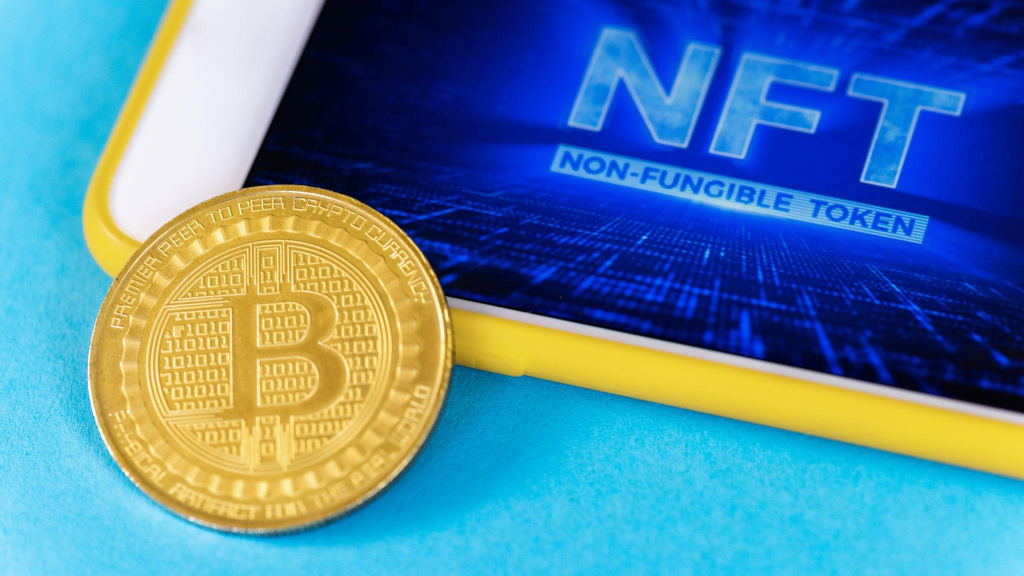“I once thought diversification was owning five stablecoins instead of one. That illusion shattered in 2022 when three of them froze withdrawals-and I had no contingency plan. Lesson: If your plan doesn’t work at 3AM during a depeg scare, it’s not a real plan.”
We’ve already covered the core differences (Part 1) and built a decision-making framework (Part 2). Now let’s get practical.
This final chapter is all about execution-how to actually implement a stablecoin allocation that keeps your capital fluid, safe, and stress-tested for real-world volatility.
No fluff. Just real strategy.
Portfolio Allocation: Use-Case Segmentation
Here’s the strategy I now use across all personal and consulting portfolios:
🔵 USDC: 60-80%
- Used for:
-
- Long-term DeFi lending (Aave, Compound)
- Cross-border settlement
- Treasury management
- Why:
-
- Fully attested monthly
- Compliant with U.S. and global frameworks
- Trusted by institutional partners
I sleep better knowing I can show any regulator or investor exactly what backs this asset-with paperwork.
⚫ USDT: 20-40%
- Used for:
-
- High-frequency trading
- Instant exchange transfers
- Arbitrage and bridging between ecosystems
- Why:
-
- Massive liquidity
- Works on every major CEX and DEX
- Minimal slippage for big moves
Think of it like a turbo engine: fast and powerful-but don’t use it for long hauls without checking the oil.
Chain-Specific Deployment Tips
✅ Ethereum (ETH):
- Best for large transfers and DeFi integrations
- High gas costs, but robust infrastructure
- Both USDT and USDC are well supported
⚙️ Polygon, Arbitrum, Solana:
- Great for speed and low-cost transfers
- Watch liquidity-USDT is more dominant on some L2s
- Always test with small transfers before deploying size
Real talk: I once lost $1,200 trying to bridge USDT between chains-wrong format, wrong chain. Test. Everything. Twice.
🧠 1. Use Multi-Wallet Custody
- Don’t put all your stablecoin eggs in one private key
- Use cold wallets for treasury, hot wallets for movement
📅 2. Monitor Issuer Reports
- USDC: Weekly updates and monthly attestation via Deloitte (link)
- USDT: Review transparency updates monthly (link)
Set calendar reminders. Don’t rely on Twitter to tell you when something breaks.
🛑 3. Avoid Overexposure to a Single Chain
- Ethereum congested? Your funds might get stuck
- Solana outage? Good luck unstaking
- Diversify where your stablecoins live, not just which stablecoins you hold
🧪 4. Simulate Crisis Conditions
- Try withdrawing during high volatility
- Test bridging and swapping under pressure
- If it fails in testing, it’ll break when it matters
Mistakes I’ve Made (So You Don’t Have To)
There is no “perfect” stablecoin. What exists is a toolkit-and like any toolkit, you have to choose the right tool for the job.
Regulatory clarity is improving. Technology is maturing. But if you’re serious about managing digital dollars in 2026, you need a strategy that assumes instability, not ignores it.
“The safest stablecoin is the one whose risk you understand.”
USDT gives you the grease for the fast lane.
USDC gives you the guardrails for the long road.
Use both-intentionally. Monitor often. And never forget: in crypto, boring is beautiful when volatility hits.
Thanks for reading the full 3-part Stablecoin Strategy Series. If you’ve followed this all the way through, you now have a framework used by institutional managers, fintech teams, and fund allocators managing 8+ figure books.
You’ve got the insights-now build the system.
About This Series:
Written by Avery Knox, a veteran crypto analyst and portfolio strategist who’s lived through every crash since Mt. Gox. This 3-part series helps you navigate the stablecoin landscape with clarity, realism, and battle-tested experience.
Disclaimer: This article is for informational purposes only and should not be considered financial advice. Always conduct your own research and consult with financial professionals before making investment decisions.
📖 References & Citations:








![Enjoy the [Road] Show Travel Mug with Handle, 14ozEnjoy the [Road] Show Travel Mug with Handle, 14oz](https://georgemagazine.com/wp-content/uploads/2024/08/479070202831754764_2048-300x300.jpeg)

